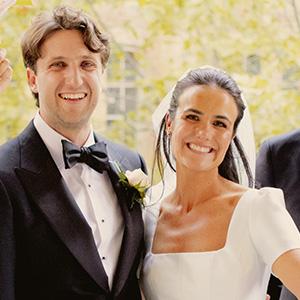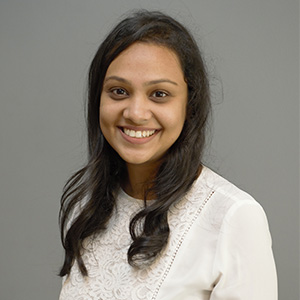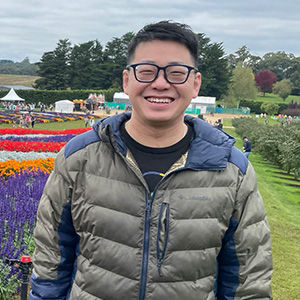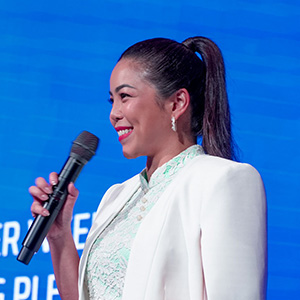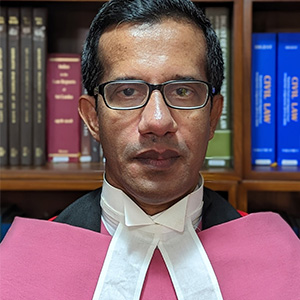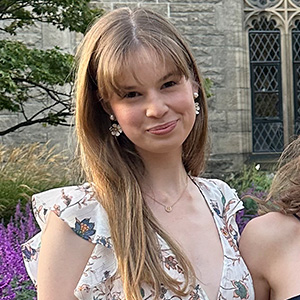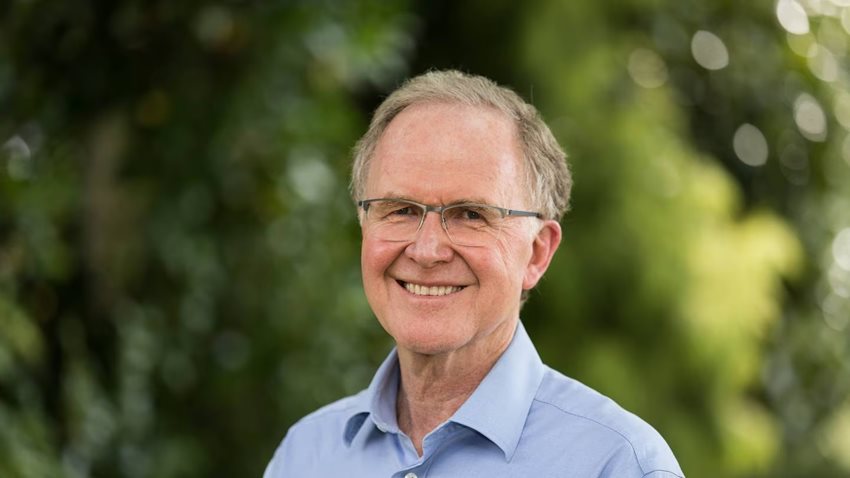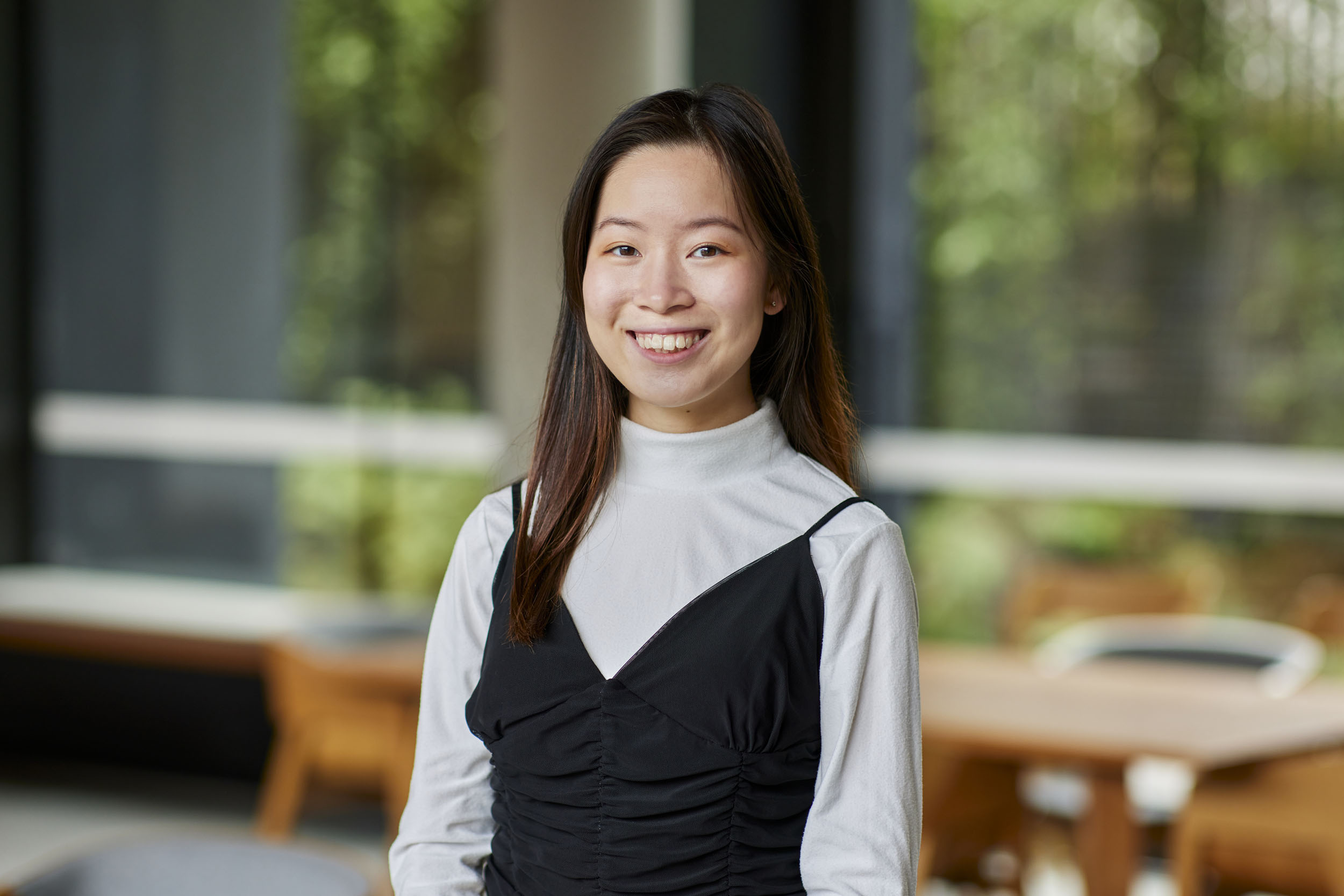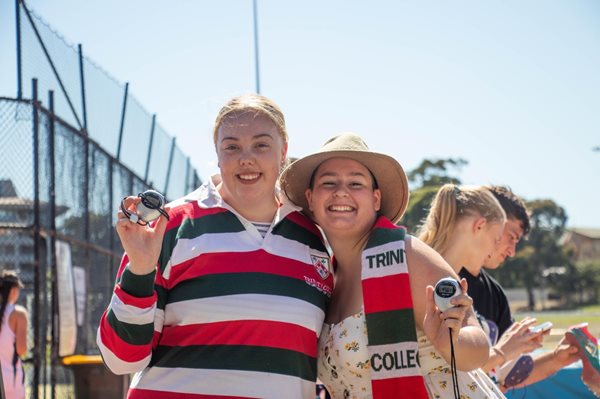

Since leaving College, Lara has gone on to have a very successful career as an art curator. She currently works as the Assistant Curator – Australian Painting and Sculpture, National Gallery of Australia (NGA), and was last year chosen as the Curator for the 2018 Lorne Sculpture Biennale. Lara was kind enough to share with us her career journey.
What first sparked your interest in the Fine Arts and when did you decide you wanted to become a curator?
Initially, I went to University to study English Literature but found that my enthusiasm was dampened. However, Fine Arts did resonate with me and I discovered it to be the perfect discipline for me to explore my love of history and writing. I was blessed to have a truly remarkable tutor at Trinity in Angus Trumble (TC 1983) as my first Fine Arts tutor. He inspired me enormously and had a great influence on my decision to depart from English and fully embrace art history. From that point my ambition was to work as a curator in the great public art galleries of Australia and hopefully one day become a director.
How were you involved with art while studying at Trinity College, and what was your involvement with the E R White Club?
The E R White Club was not yet established when I was an undergraduate. However, it had fully formed by the time I returned to College as a Fine Arts tutor in 1995 and many of the works the students had acquired were included in the catalogue I completed in 2000 about the collection, In a new light. As a member of the Art Committee, I helped students organise gallery visits and shared information about exhibitions and contemporary art with the E R White Club presidents. I became good friends with one president, Tim Lane (TC 1994), and we enjoyed many gallery crawls and discussions about art and philosophy. Together we helped bring in two works to the collection, John Kelly’s Thing [cow painting] and Charles Green and Lyndall Brown’s The Merchant II.
Previously, you spent time working in the commercial art sector (Sotheby's Australia, Deutscher & Hackett). How has this previous work informed your current role (if at all)?
I left my role at Trinity as Fine Arts tutor and curator of the collection in 1997 when I was offered a role as Painting Specialist for Sotheby’s Australia working with Trinity alumna, Jane Clark (TC 1977), who is still a great influence on my life. It meant leaving College mid-way through my Masters Thesis, but I felt that the opportunity to work for what was then an international auction house was too great to pass up. It also sounded like a lot of fun. I did manage to get that thesis written while working there, although it did take much longer than anticipated! Funnily enough, there are some unexpected synergies between my current role as a curator at the NGA. For instance, writing and researching are core skills in both roles, as is valuation. In both roles it is important to have strong networks in all spheres, both institutional and commercial.
What are some of the similarities and differences between commercial and public galleries?
The similarities are that in terms of the Australian art market, one is still dealing with the same universe of objects, but I am looking at it from a different perspective. The main difference between the commercial and public sectors is that at the NGA I am working on a permanent collection that belongs to the Nation and thus we are very actively telling the narrative of Australian art to a very wide audience, not just the art market or the so-called ‘art world’.
How did you end up working at the NGA?
In 2011, I had returned to the art auction world following almost a decade of private consulting and working in the financial services sector. I was reassessing everything and realised that I had not so much been seduced by the bright lights and bustle of the commercial art auction world, but I had in fact been blown off course from my original ambition to be a curator and eventually a director of a public gallery or museum. As there is somewhat of a perceived divide between the two sectors, I really had to start from the beginning again. At that time, commercial experience was not particularly valued in the institutional world so it meant very little when applying for senior roles in that space. I think it has changed a lot now – in fact museum boards need leaders with, not only curatorial experience, but also commercial abilities.
Last year, you were chosen as the Curator of the 2018 Lorne Sculpture Biennale. Can you tell us how this selection came about?I am passionate about public art and I have always loved creating events and managing projects that bring joy and inspiration to others. When the role was advertised I was looking for a second arts-based role to complement my work at the NGA in order to extend my career. The fact that it was in Lorne, the town in which I was born, meant that it felt like it was written in the stars that I would do this.
Can you provide any insights to what we can expect at next year’s Lorne Sculpture festival?
The theme of next year’s Biennale is the environment. It is called Landfall and I have asked artists to create work that investigates the intersection between nature, art and humanity and to ask questions about our existence within a much larger ecology. Artists will show work that asks questions about endangerment, balance and diversity and what it is to be part of nature because after all, human beings are not simply in nature, we are nature itself.
Being from Lorne originally, have there been any unique challenges or particular insights you have been able to bring to organising the festival?
Funnily enough, I drew on a line from that wonderful documentary Trinity alumnus Scott Millwood made called ‘Wildness’. In the film, he speaks of his main protagonists, the great Tasmanian wilderness photographers and environmental warriors, and as not seeking out wilderness to get away from it all, but to get back to it all. The reasons why my family built houses on crazy bits of the coast line down that way was to live in nature with all of its sounds, smells and breathtaking vistas onto the endless ocean and forests around them. The area is now becoming so built up and a bit glitzy, so I wanted to show people the majesty of nature and how it contains so much more that is important to life than the material world can ever deliver. Somehow outdoor sculpture seemed to be the conduit to help people to stop, look, think and then act in new ways more in tune with nature.
Is there anything else you would like Trinity College alumni to know about the festival?
One of the great pastimes for humans is looking at art, but an outdoor sculpture event goes that one step further by taking us out into the environment and allowing us to engage in art in the open landscape. The themes of Landfall may be very serious and thought provoking, but my great hope is that people will come to Lorne and immerse themselves in the event, deprogram themselves from their crazy city lives and feel inspired and rejuvenated from the experience.
Related News
-
News & Stories
- Our Theological School Student President's mission to champion a spiritual and welcoming environment
- Jack reaps the rewards after taking a leap of faith on Trinity College
- Trinity alum named in King's Birthday Honours 2025
- Trinity Deputy & Academic Dean appointed Fellow at Center of Theological Inquiry
- Meet Trinity's aspiring art curator Seb Moore
- Trinity College offers its congratulations to newly elected Archbishop of Melbourne, the Right Reve
- Events
- Art
- Music & Choir
- Campus Development Projects
- Visiting Scholars & Lectureships
- Accommodation for Visitors
- Short Programs
- Work at Trinity

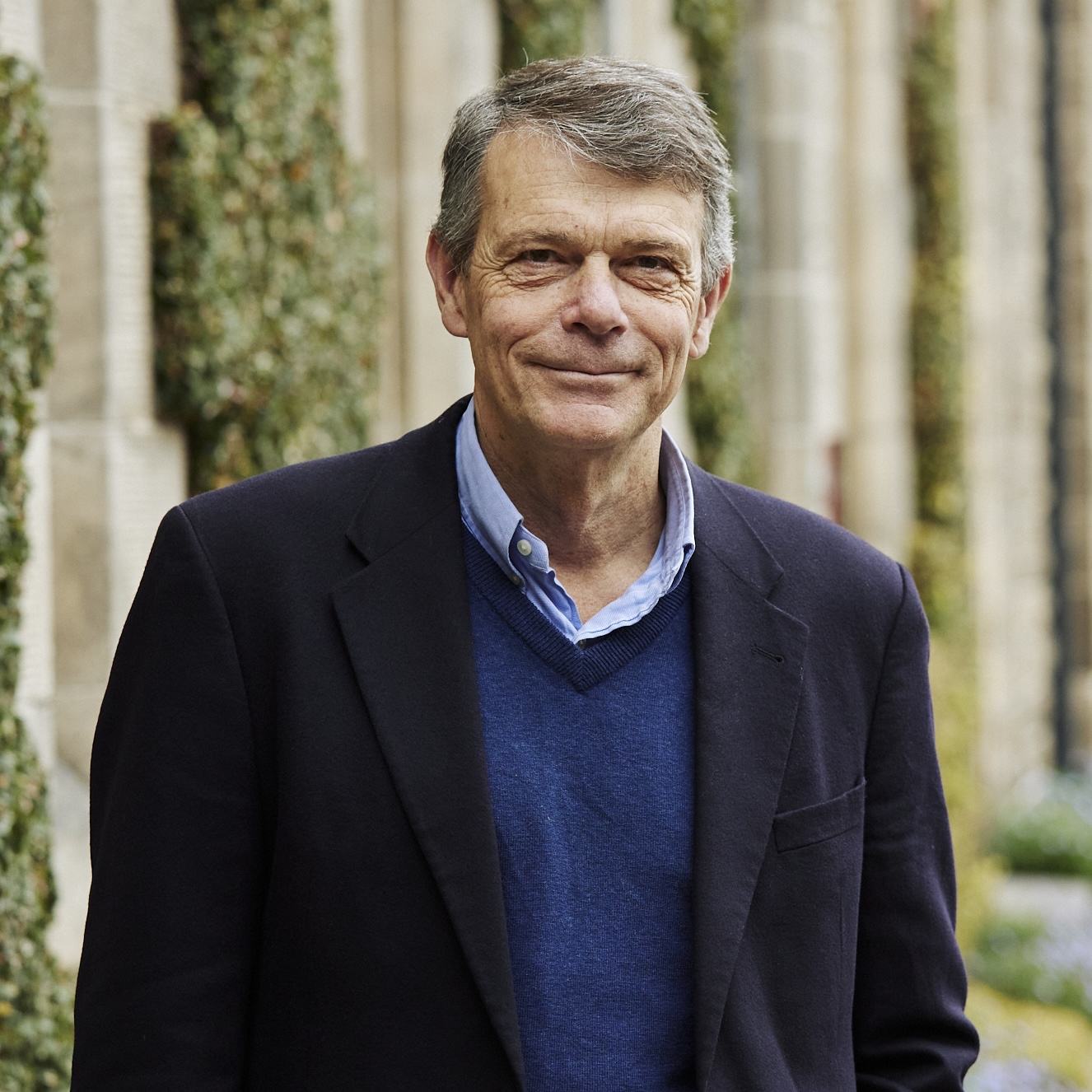
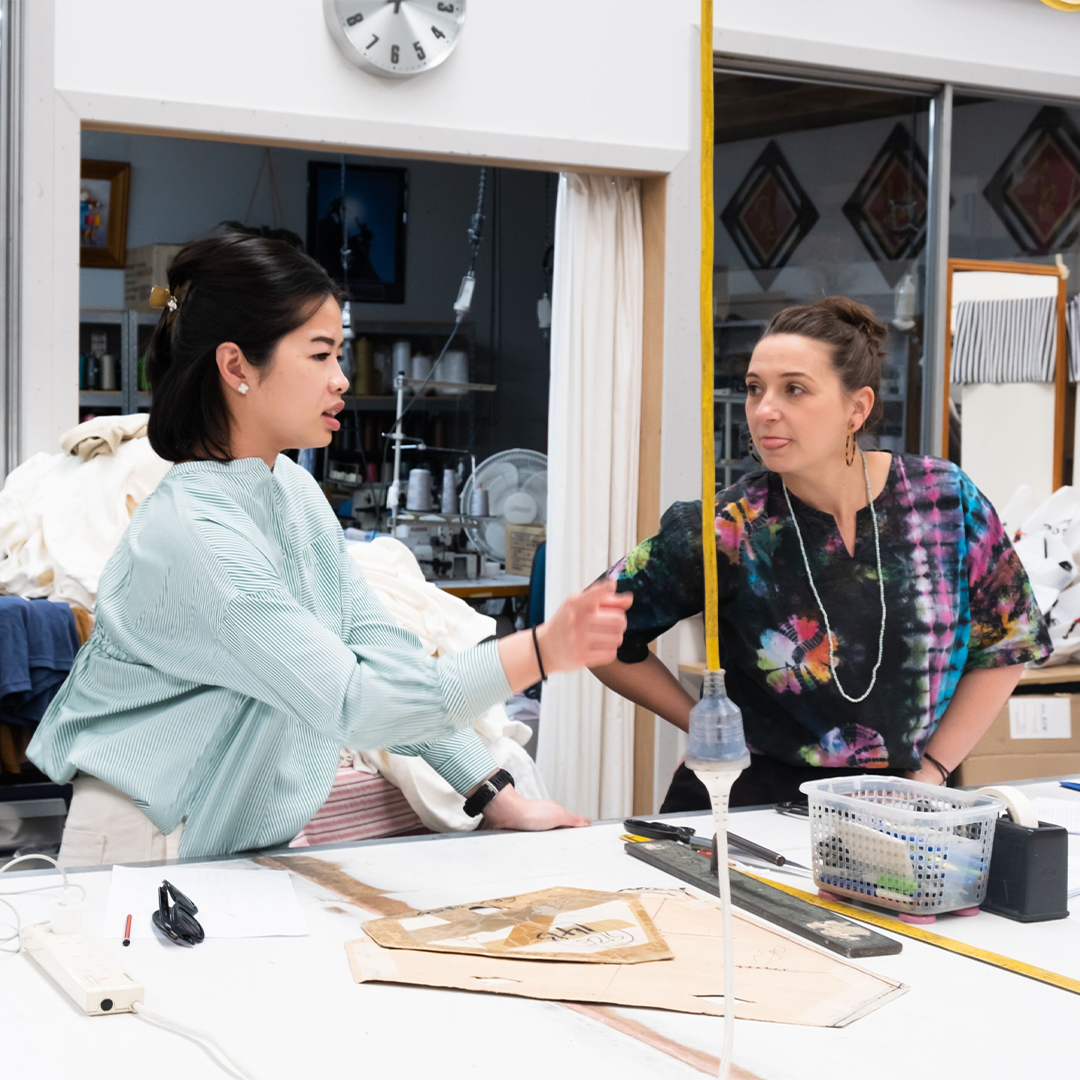





















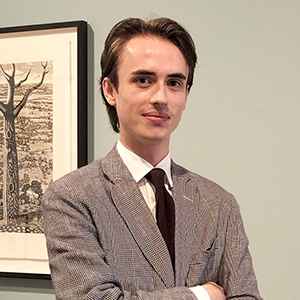

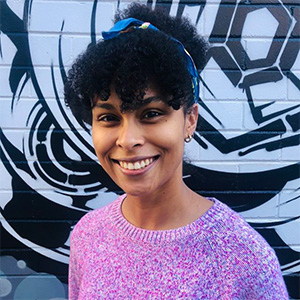

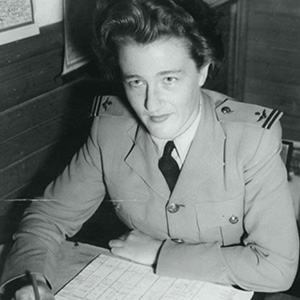
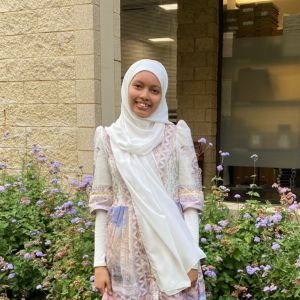
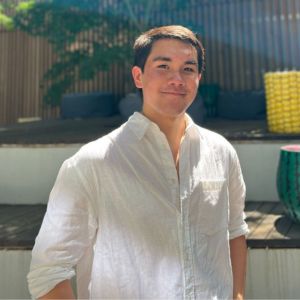
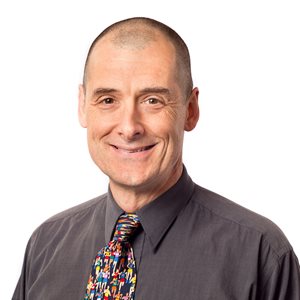
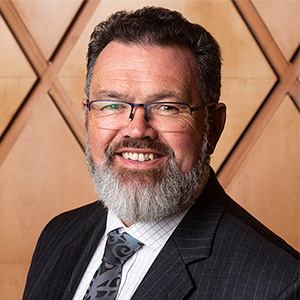
.jpg?width=300&height=300&ext=.jpg)
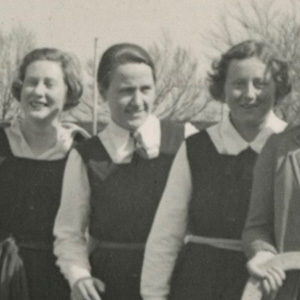
.jpg?width=300&height=300&ext=.jpg)
